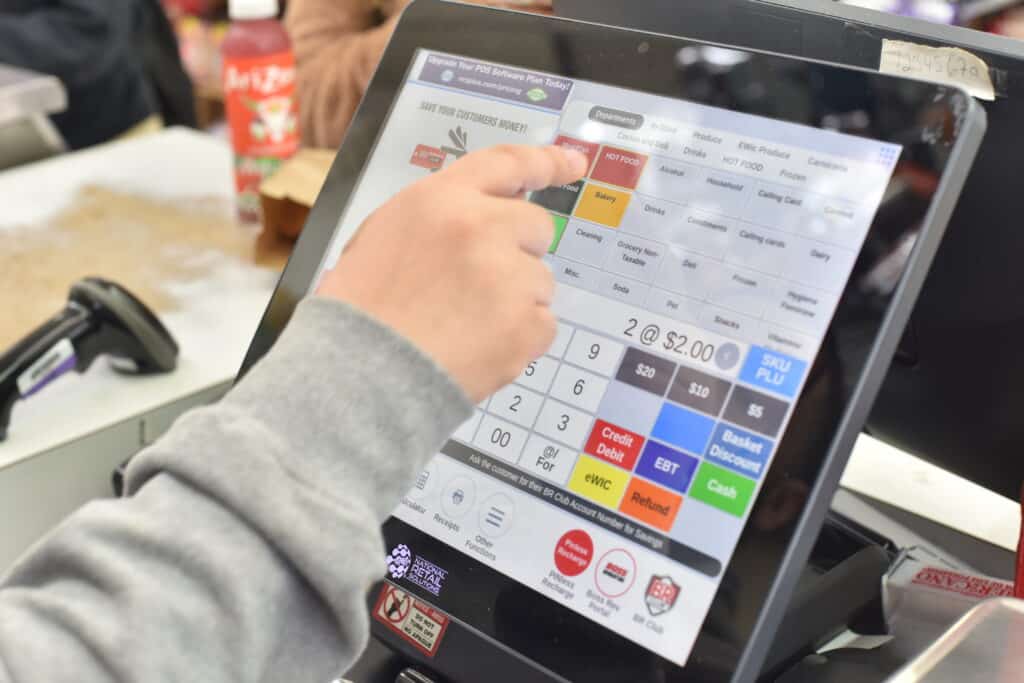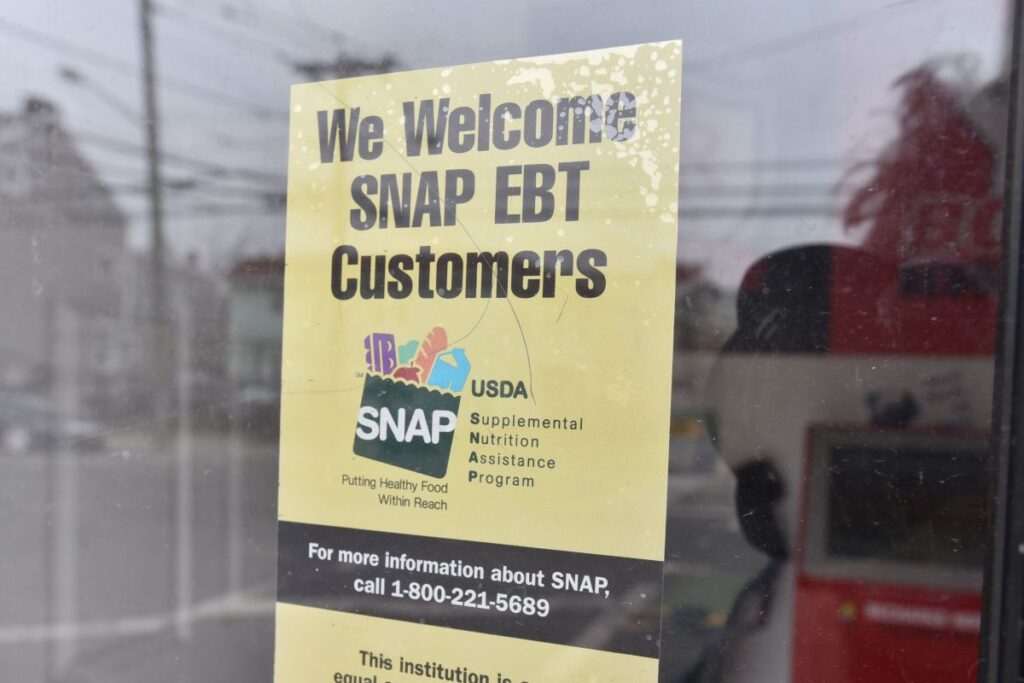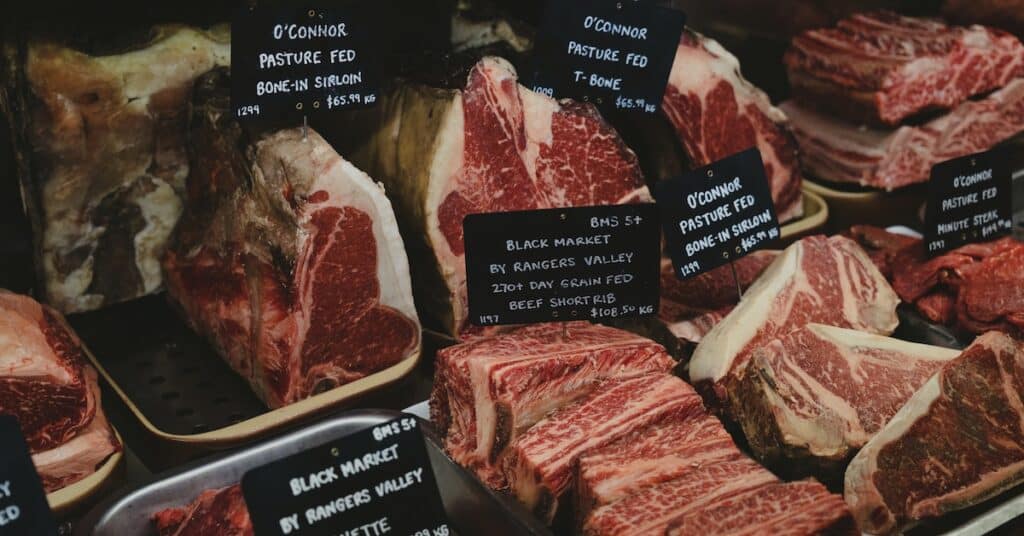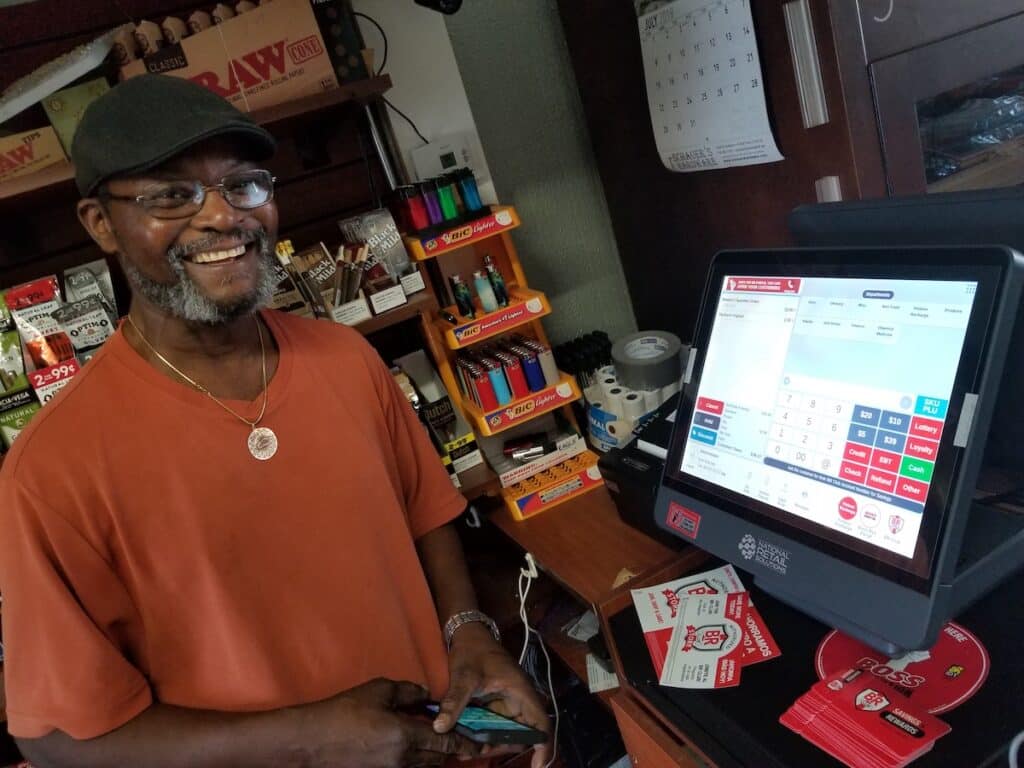Making your grocery store succeed in today’s market means adapting to rapid shifts in consumer preferences and leveraging innovative strategies. Agility, deep customer insight, and adaptability are fundamental in successfully navigating the evolving retail landscape.
- Adopt dynamic marketing strategies to make your grocery store succeed by engaging a broader customer base.
- Enhance customer experience through personalization and service quality.
- Efficient inventory management is crucial for operational success.
- Incorporate technology to streamline operations and improve customer satisfaction.
- Cultivate a strong community presence to build loyalty and trust.
Making Your Grocery Store Succeed: Understanding the Grocery Business Landscape
| Season/Event | Popular Items | Promotional Strategies |
|---|---|---|
| Christmas | Holiday decorations, Seasonal foods, Gift items | Special holiday discounts, Gift bundles |
| Thanksgiving | Turkey, Cranberry sauce, Pumpkin pie | Meal deals, Cooking essentials offers |
| Back-to-School | School supplies, Lunchbox snacks, Uniforms | Stationery discounts, Clothing sales |
| July 4th | Barbecue supplies, American flags, Fireworks | Patriotic merchandise sales, Grill offers |
| Easter | Easter eggs, Chocolate, Spring flowers | Easter egg hunt events, Chocolate sales |
| Summer Break | Beach supplies, Sunscreen, Refreshing beverages | Travel essentials deals, Summer sales |
| Halloween | Costumes, Candy, Fall decorations | Halloween party supplies offers, Candy discounts |
Making your grocery store succeed requires a deep understanding the current business landscape. Understanding these elements is essential for your store’s success:
- Staying Ahead of Consumer Trends:
- Consumer preferences are always evolving.
- Staying informed about trends, like health-conscious eating or eco-friendly products, is crucial.
- Tailoring your inventory and services to these trends can set your store apart.
- The Competitive Environment:
- Grocery stores aren’t just competing with each other anymore.
- Online retailers, meal delivery services, and even farmers’ markets are all vying for the same ecustomers.
- A clear understanding of your competition helps in strategizing effectively.
Recognizing the challenges and opportunities within the grocery sector is the first step toward success.
The grocery business is more than just selling food; it’s about understanding people’s lifestyles and needs. The grocers face challenges like fierce competition, changing consumer habits, and the need for technological adaptation.
Enhancing Customer Experience

A memorable shopping experience is key to retaining customers and making your store succeed. In a market flooded with options, your customers’ feelings in your store can decide what to buy.
- Store Layout and Design: Your store’s layout should be intuitive and inviting. Clear signage, well-organized aisles, and an appealing ambiance enhance the shopping experience.
- Personalization: Personalized service can include greeting customers by name, remembering their preferences, or providing recommendations based on their purchase history. This level of personalization makes customers feel valued and increases loyalty.
- Quality Customer Service: Train your staff to be friendly, knowledgeable, and responsive. Excellent customer service can turn a one-time visitor into a regular customer.
Pro Tip: Train your staff to be friendly, knowledgeable, and responsive. Excellent customer service can turn a one-time visitor into a regular customer.
Inventory Management: The Backbone of Your Store
Efficient inventory management is critical for the success of any grocery store. It’s the balancing act of meeting customer demand while minimizing waste and overstock.
- Streamlining Inventory Processes: Invest in an inventory management system. This technology can help track stock levels, forecast demand, and prevent overstocking or understocking.
- Diverse Product Selection: Offer various products to cater to different customer preferences. This includes a mix of staple goods, specialty items, and locally sourced products.
- Managing Waste: Reducing waste is both cost-effective and environmentally responsible. Implement practices like donating near-expiry items to food banks or offering discounts on these products.
Embracing Technology for Efficiency
Incorporating technology to make your grocery store succeed is more than staying current and increasing efficiency and customer satisfaction.
- Point of Sale (POS) Systems: A good POS system for grocery stores can streamline checkout, manage inventory, and even offer insights into sales patterns.
- Ecommerce Integration: Offering online shopping options meets customers’ needs who prefer shopping from home. This can include delivery services or click-and-collect options.
- Data Analytics: Utilize data analytics to understand customer buying patterns and preferences. This information can inform inventory decisions, marketing strategies, and store layout.
Community Engagement and Brand Loyalty
Creating a bond with your community can set your grocery store apart in a crowded market. Community engagement fosters loyalty and trust, key factors in customer retention.
- Hosting Community Events: Organize events like local farmers’ markets, cooking classes, or health and wellness workshops. These events can attract new customers and deepen relationships with existing ones.
- Communication and Feedback: Keep open lines of communication with your customers. Encourage feedback and act on it. This shows customers that their opinions are valued and helps improve your services.
Pro Tip: Stocking products from local farmers and artisans supports the local economy and appeals to customers who prefer locally sourced items.
Preparing for Seasonal Shopping
Making your grocery store succeed includes preparing for seasonal shopping spikes, such as holidays, back-to-school periods, and other significant dates. Anticipating and adapting to these seasonal demands is key to maximizing sales and customer satisfaction.
- Identify Key Seasons:
- Understand your region’s major seasons and holidays, like July 4th, Christmas, Thanksgiving, or the start of the school year.
- Each season has unique shopping trends and consumer needs.
- Stock Seasonal Products:
- Align your inventory with seasonal demands.
- Stock up on holiday-specific items or back-to-school supplies ahead of time.
- Special Promotions and Discounts:
- Offer special deals or discounts for seasonal shopping periods.
- Promotions can attract more customers and increase sales during these peak times.
- Marketing Campaigns:
- Tailor your marketing campaigns to seasonal themes.
- Use social media, email newsletters, and in-store signage to promote seasonal offers.
- Staff and Store Preparation:
- Ensure your staff is well-trained and ready for the increased workload during busy seasons.
- Consider temporary hires to handle the rush.
- Decorate your store according to the season to create a festive atmosphere.
- Leverage Online and Mobile Platforms:
- Utilize your online presence to announce seasonal products and promotions.
- Offer online shopping options for convenience during busy seasons.
Financial Management and Cost-Control for Making Grocery Store Success
Maintaining financial health is crucial for the longevity of your grocery store. Effective cost control and financial management are the foundations of a profitable business.
Pro Tip: Pro Tip: Get a fast cash advance from NRS to keep your small store stocked and ready for any busy time without the hassle of a regular loan.
- Monitoring Key Financial Metrics:
- Keep track of sales data, profit margins, and operating costs.
- Understanding these numbers helps in making informed business decisions.
- Cost-Effective Operations:
- Find ways to reduce operational costs without compromising quality.
- This could include energy-efficient lighting, cost-effective sourcing, or streamlining staff schedules.
- Strategic Investment:
- Invest in areas that promise the best return, such as technology upgrades or marketing campaigns.
- Wise investments can lead to long-term savings and increased revenue.
- Cash Advance Funding:
- Consider cash advance funding for immediate business needs or growth opportunities.
- This can provide a quick financial boost without the long-term commitments of traditional loans.
FAQs
What Are the Most Effective Marketing Strategies for Grocery Stores?
The most effective marketing strategies often combine digital presence with community engagement. Utilize social media, email marketing, and a user-friendly website to reach a broader audience. Also, engage in local community events and sponsorships to build brand recognition.
How Can I Improve Customer Satisfaction in My Grocery Store?
To enhance customer satisfaction, focus on providing excellent customer service, maintaining a clean and organized store environment, and offering various quality products. Personalized services and listening to customer feedback are also key.
What Technology is Essential for a Modern Grocery Store?
Essential technologies for a modern grocery store include a robust POS system, inventory management software, and Ecommerce platforms. Additionally, incorporating data analytics can offer valuable insights into customer behavior and preferences.
How Can I Build Strong Relationships with My Community?
Building strong community relationships can be achieved by supporting local producers, hosting community events, and engaging in local causes or charities. This promotes your store and establishes it as a community-centric business.
What Are Key Financial Metrics I Should Monitor?
Key financial metrics include sales revenue, profit margins, inventory turnover, and operating expenses. Regularly monitoring these metrics helps in making informed decisions and maintaining financial health.
Concluding Thoughts
Running a successful grocery store in today’s market requires more than selling products. It demands understanding your customers, strategic marketing, efficient operations, technology integration, and community involvement.
By focusing on these key areas, you can create a grocery store that survives and thrives in the competitive retail landscape. The goal is to become a staple in your customers’ lives, offering groceries and an experience that keeps them returning.








